Extensive livestock farming in the Mountains of León: the case of the Biosphere Reserve of Ancares Leoneses (RBALE)
DOI: 10.5281/zenodo.7607454
Mountain and Upland Model
Authors: Alipio García de Celis and María Jesús Sánchez Muñoz
Overview of SAMUTER
The Biosphere Reserve of Ancares Leoneses (León) is a mountainous area of the Cantabrian Mountains, in an area of transition to the Galician-Leonese Mountains and regionally in El Bierzo (Figure 1). It is located in a peripheral and demographically depressed rural area, with most of the territory being semi-empty, with small population centres in which only a few dozen people live, and with a high level of ageing. The two county seats – Vega de Espinareda and Villafranca del Bierzo – do not escape this situation of extreme demographic weakness. Economically and landscape-wise, this area was traditionally shaped by a varied agricultural activity, adapted to the potential of the different sectors determined by the physical environment: high mountains for cattle, mountains and hills for chestnut trees and small livestock, and southern valleys for vineyards and horticulture at the exit to the Hoya Berciana. The basic features of the scheme are still in place, with extensive cattle farming being the agricultural system that gives image and character to the Reserve as a whole, constituting the basis of the territorialised agri-food system. The specialised literature includes extensive livestock farming among the agricultural systems of high natural value; this implies recognition of its role in maintaining biodiversity. The staggering imposed by the physical mountain environment places livestock farming at the top of the Ancares landscape imaginary, impregnating the personality of the whole. But the forestry of chestnut and pine trees in the Somontano mountains, and the vineyards and horticulture of the Villafrancan plains, complement and diversify a multifunctional system of high environmental value, to which new activities, such as tourism, have been added in recent decades.
1. Environmental sustainability
The outstanding environmental values of the territory justified a long-standing conservationist action: already in the 1950s the National Hunting Reserve of the Ancares Leoneses was declared. More recently, the agro-livestock system of the Ancares Leoneses was declared a Biosphere Reserve by UNESCO in 2005 and is part of the FAO’s candidacy to become a World Agricultural Heritage Site of Interest (GIAHS), a process underway in 2022. It is also a Site of Community Interest and a Special Protection Area for Birds. Part of the river network has been declared a River Nature Reserve. These figures recognise resilient agrosystems in constant evolution, characterised by remarkable biodiversity, traditional knowledge, sustainable management, unique cultures and landscapes.
The agri-food system of extensive livestock farming in the Ancares Leoneses has ecological values that transcend the product (mainly beef) and extend to the whole system (chestnut farming, forestry production, viticulture, horticulture and fruit and vegetable growing). In the specific case of extensive beef farming, the figures for surface area and operators in organic mode are not significant, as third-party certification processes are not affordable for a family farming system that is labour-intensive, with low economic profitability and low capitalisation. The sustainability of the system is based on the physical environment and management methods: the mountainous relief makes it difficult to carry out other uses, which has favoured the preservation of extensive livestock farming. Traditional techniques maintain the ecosystemic balance and optimise available resources, thus guaranteeing environmental sustainability. The interweaving of landscape and agri-food system is indissoluble in the case analysed.
2. Territoriality and agri-environmental policies
The territorial anchoring of the productive components is endorsed and reinforced through the Denominations that identify both the production and the processing and preparation of a product to a territory, making it unique. The Biosphere Reserve of Ancares Leoneses is affected by several quality figures: DO “Bierzo” that guarantees the quality of the wine since 1989; PDO “Manzana Reineta del Bierzo” (1999); several Guarantee Marks: “Pera Conferencia” (2001), “Castaña del Bierzo” (2009) and “Cereza del Bierzo” (2016). It also has a Protected Geographical Indication for ‘Botillo del Bierzo’ (2000) and ‘Pimiento Asado del Bierzo’ (2001).
In addition, the RBALE Consortium has the “Territorial Brand of the Biosphere of the Ancares Leoneses” as an instrument of competitiveness for the enhancement of the natural and cultural heritage. Taking advantage of the quality of their products, companies from different sectors (livestock, crafts, tourism) that meet certain requirements in terms of quality, components, geographical origin or method of production participate. In addition, the corporate image (represented in the logo) acts as a marketing strategy, facilitates business cooperation, networking of interested associations or companies, promotion of the territory and support from institutions, but in order to make sense it must be part of the local development strategy.
The presence of quality marks is an opportunity to increase the profitability of farms, helps to compete in the market and favours the marketing of the product, but at the same time favours the maintenance of sustainable agri-environmental practices. Although most of the production is concentrated in the municipalities of the hoya, the territorial marks contribute to the conservation of unique landscapes of great environmental, economic and cultural value in the mountainous areas most affected by abandonment. An example of agri-environmental practice is the use of pastures “a diente” and “a siega”: in the area the tradition of mowing the meadows of the valley floor survives, where in July the grass is cut, dried, baled and stored as a supplement for the winter. The high altitude pastures are used extensively from spring to autumn.
3. Relations between production, processing, marketing and consumption
The rural space has gone from being considered as a food producer to acquiring new functions, as other functions are added to the productive function, such as the ecological function (maintenance of the landscape) and the provision of space for other activities such as industry, tourism, public services, etc.; this multifunctionality leads to productive diversification and the integrated consideration of the rural space.
The agricultural area of the biosphere reserve shows the contrast between the livestock aptitude of the mountainous rim and the agricultural specialisation in the lowlands (Figure 2). Extensive cattle farming is one of the traditional activities, taking advantage of the valley floor pastures and high altitude pastures. At present, there has been a significant change due to the abandonment of farms, caused by the depopulation that has been affecting this area for decades and threatened by the increasing cost of production, factors that explain the scarcity of farms, concentrated in Vega de Espinareda and Candín.
In the mountainous area, the climatic and soil conditions limit crops to small plots on the riverbanks, next to the villages, whose production is focused on self-sufficiency. On the other hand, in the Hoya, production specialisation can be seen with wine and fruit and vegetable crops (peppers, conference pears, red apples, chestnuts and cherries). The demand for quality products explains the significant presence of the agri-food industry (86% of industrial licences). These are SMEs, which arise from local initiatives to take advantage of and transform endogenous resources: the manufacture of preserves, meat products and especially the wine industry in Villafranca. A model of rural industrialisation is thus emerging which, on certain occasions, relies on the RBALE territorial brand to market the products that give personality to this territory.
The leisure society and the growing demand for activities in contact with nature explain the establishment of rural tourism accommodation (57%), with a diversified offer, not very standardised and with a predominance of tourism sensitive to the conservation of the natural and cultural heritage (tangible and intangible) which is linked to the tourist activity linked to the Pilgrim’s Route to Santiago de Compostela as it passes through the municipality of Villafranca del Bierzo. The incipient development of this type of tourism is important as it contributes to the diversification of the rural economy, being a complementary income and at the same time generating synergies with other activities such as agro-industry, crafts and the marketing of local products endorsed by quality brands.
4. Good governance
The social context of the Ancares Biosphere Reserve is characterised by population loss (5,335 inhabitants in 2021), very low population density (9.4 inhabitants/ km2), ageing (36.74% population over 64 years old, an ageing index of 588.78%) and masculinisation (100.19%), resulting from the rural exodus of mainly young people who emigrate in search of better job opportunities (Figure 3). Despite this situation, the Leonese Ancares constitute a territory where the Consortium of the “Biosphere Reserve of the Leonese Ancares”, made up of the town councils of Candín, Peranzanes, Vega de Espinareda and Villafranca del Bierzo, and the Regional Council of El Bierzo, plays a fundamental role in the process of social revitalisation. Advised by a technical team, the RBALE manages this mountain territory with the support of a Scientific Committee in charge of promoting research in sustainable development projects, and a Participation Council.
The Participation Council is a representative body of the social actors that collaborate in the local development process. In this way, local participation is represented by representatives of the Neighbourhood Councils of each town council, trade unions, women’s associations, youth associations, pensioners’ associations, hunters’ associations and environmental groups, business associations, farmers’ associations, livestock breeders, tourism entrepreneurs, beekeepers and members of the RBALE technical team. These local actors include the Association of Cattle Breeders of the Reserve (AGARBALE), the Association of Promoters of Tourism in the Rural Environment Ancares (ASPROTUR), the Berciana Association of Farmers (ABA), environmental groups (A Morteira, Tyto Alba…), associations that are committed to the competitive, innovative and sustainable management of the territory. RBALE has been a pioneer in the implementation of rural development strategies, as it has been part of the following Rural Development Programmes: Leader Ancares (1991-94), Leader II Ancares-Seo (1994-1999), Leader + Ancares (2000-2006), Leadercal ASODEBI and since 2014 Leader DLP, a participatory local development strategy managed by the local action group ASODEBI (Association for the Development of the Berciana Region). At present, the Ancares territory is included in the Mountains of León Multifunctional Agri-food System, as a candidate for SIPAM 2022.
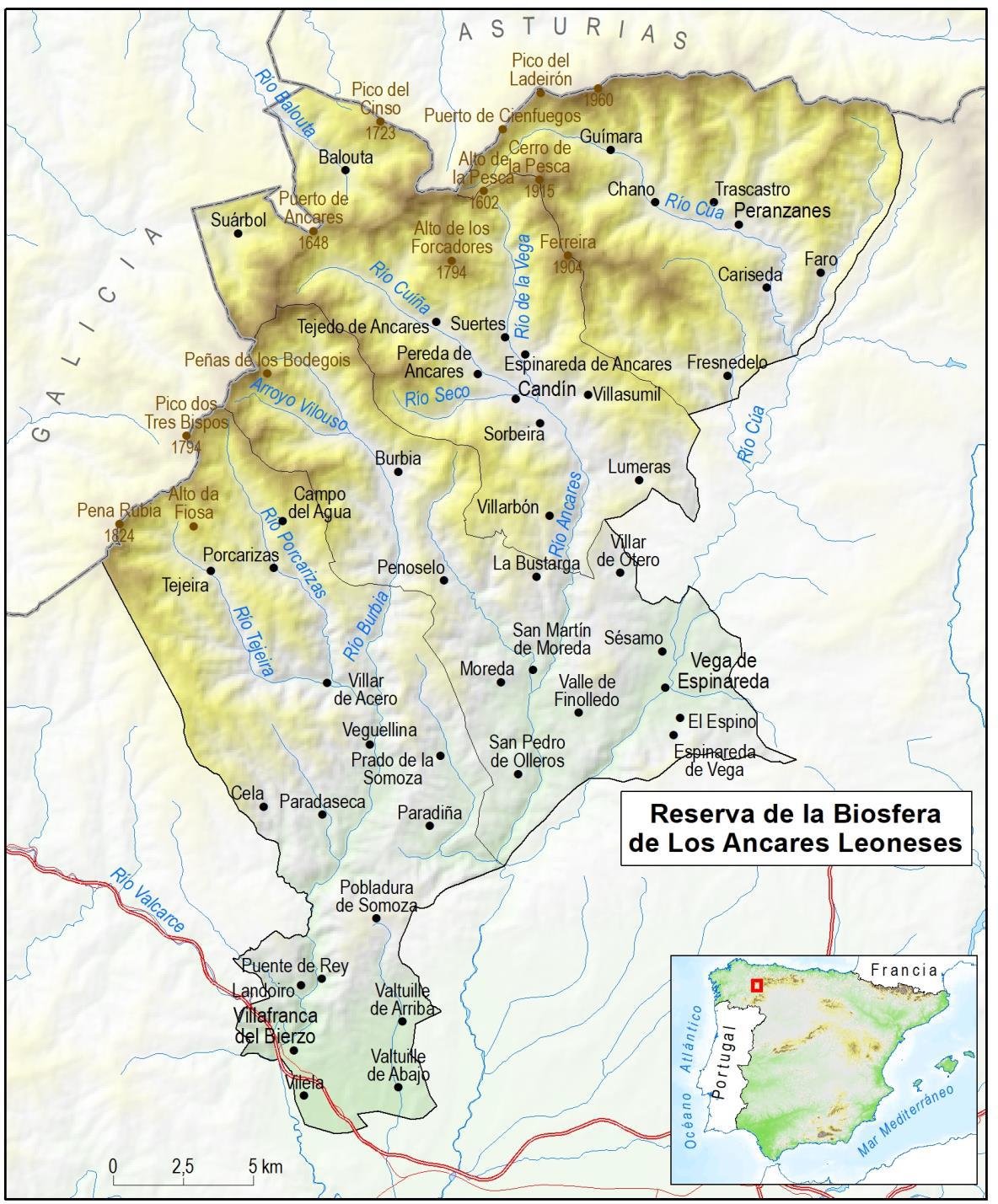

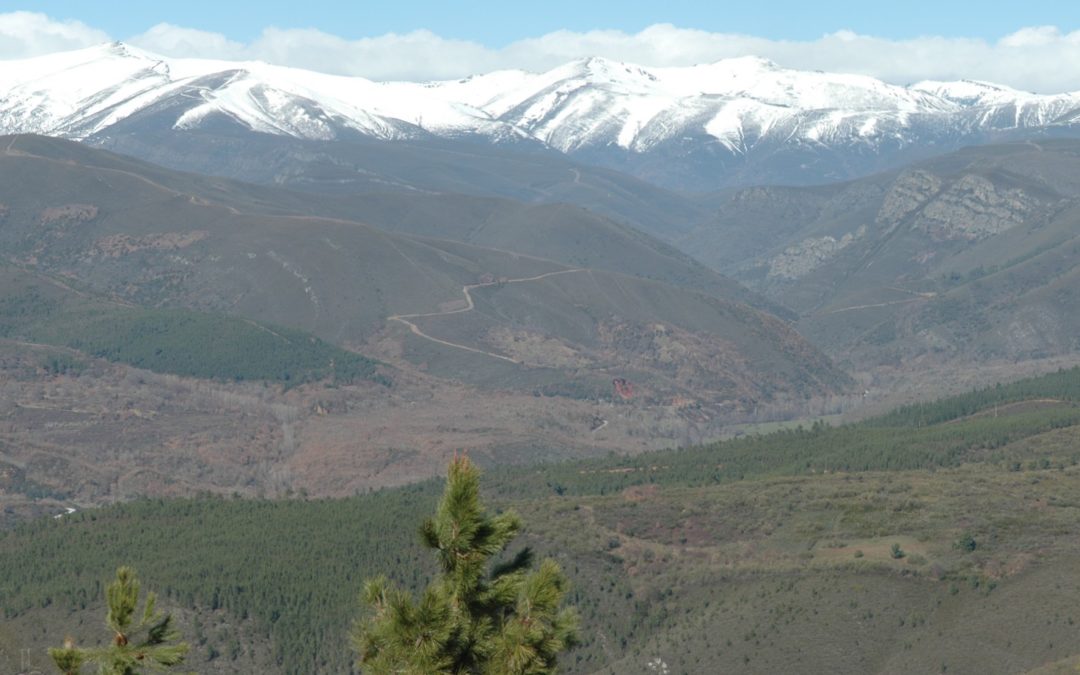
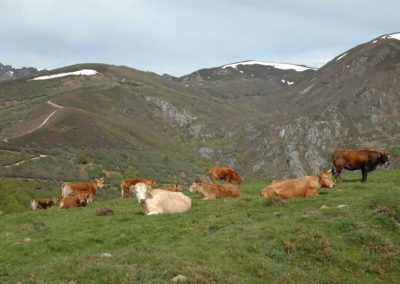
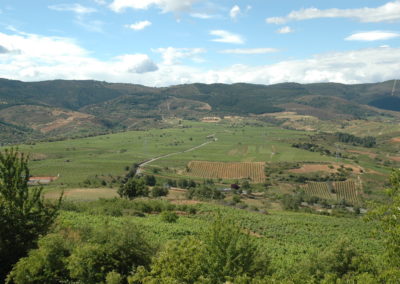


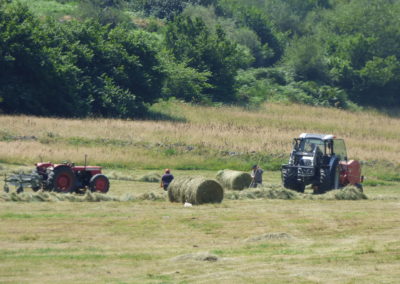
Recent Comments